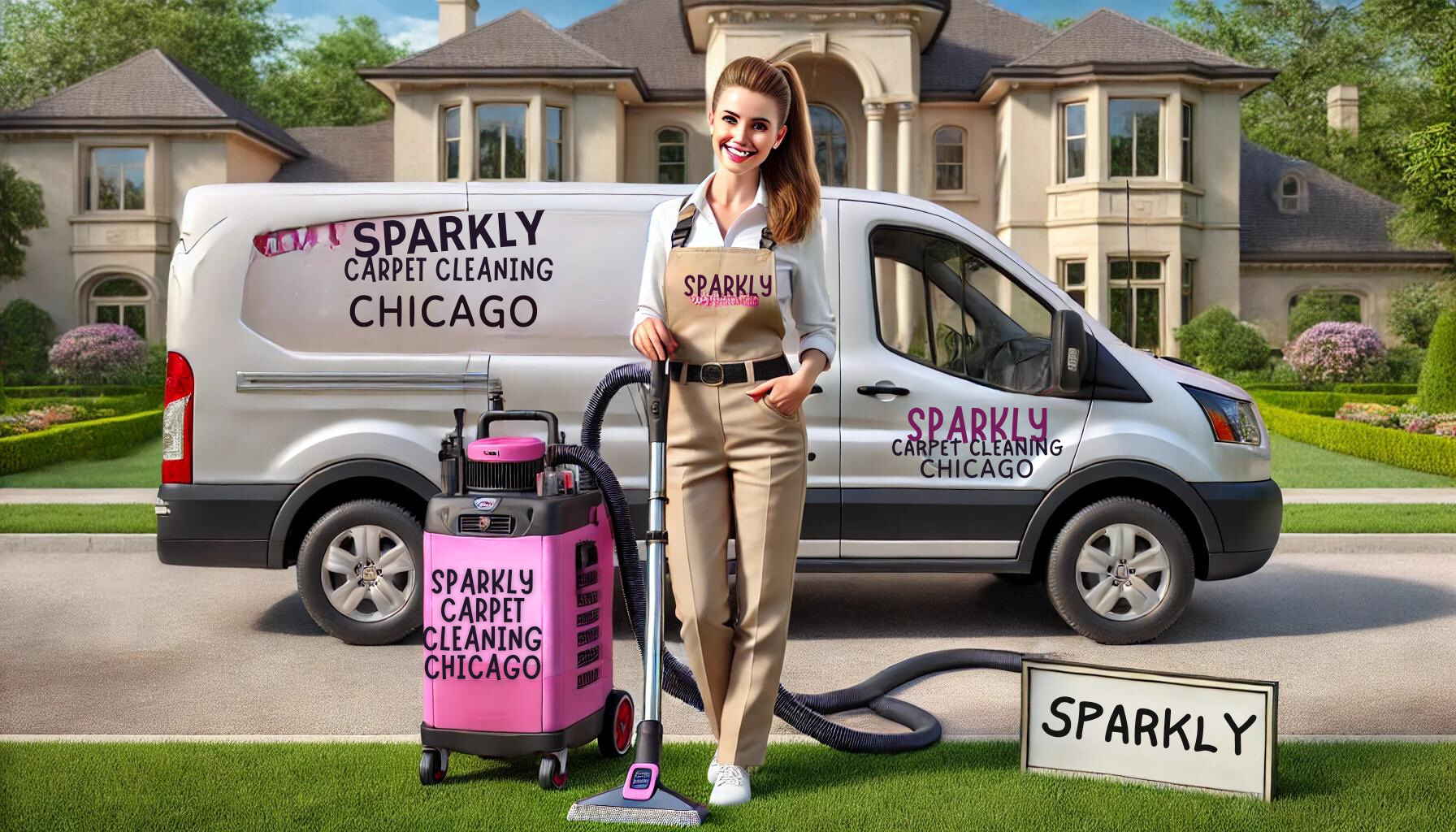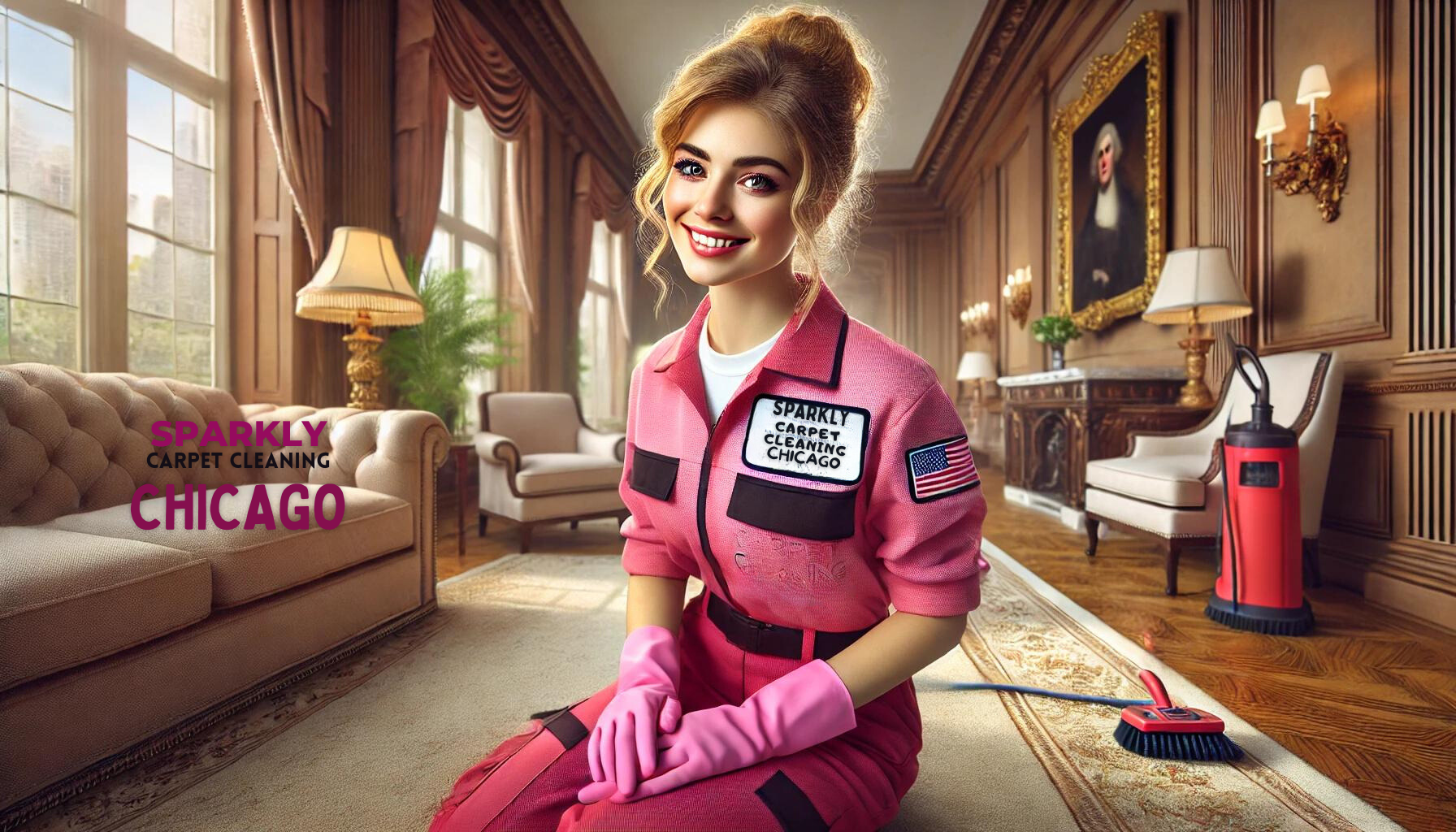Unveil The Mistakes That Make Your Carpet Look Dirtier After Cleaning
Why Your Carpet May Appear Dirtier After Cleaning
Common Issues Behind Carpet Cleaning Disasters
We’ve all been there—you clean your carpet, expecting it to look brand new, only to find that it looks worse than before. This frustrating experience can leave you scratching your head and questioning what went wrong. Was it the cleaning method, the products used, or something else entirely? In this blog, we’ll dive into the most common reasons why carpets can appear worse after cleaning and how you can avoid these pitfalls in the future.
Over-Wetting: When Too Much Water Does More Harm Than Good
One of the most common culprits behind a carpet that looks worse after cleaning is over-wetting. This occurs when too much water is applied to the carpet during the cleaning process, and it can lead to a variety of problems.
The Issue with Over-Wetting
When a carpet becomes excessively wet, it takes longer to dry, which can cause several issues. The most immediate problem is that over-wetting can lead to the backing of the carpet becoming saturated. This can weaken the adhesive that holds the carpet fibers together, leading to a breakdown of the carpet structure over time.
In addition to weakening the carpet’s structure, over-wetting can also cause mold and mildew growth. These fungi thrive in moist environments and can quickly spread throughout the carpet, leading to unpleasant odors and potential health risks for you and your family. Even if mold doesn’t develop, a damp carpet can attract dirt and grime, leading to a dirty appearance soon after cleaning.
How to Avoid Over-Wetting
To prevent over-wetting, it’s essential to use the right amount of water and cleaning solution for your carpet. Professional cleaners are trained to gauge the appropriate levels, but if you’re cleaning the carpet yourself, make sure to follow the manufacturer’s instructions closely. Additionally, using a high-quality vacuum cleaner to remove excess water after cleaning can help speed up the drying process and reduce the risk of over-wetting.
Residue Buildup: The Hidden Saboteur of Carpet Cleanliness
Another reason your carpet might look worse after cleaning is the presence of residue buildup. This often occurs when too much cleaning solution is used, or when the solution isn’t properly rinsed out of the carpet.
The Problem with Residue
Residue left behind by cleaning products can attract dirt and grime, causing your carpet to look dirty again shortly after cleaning. This is especially common with soapy or detergent-based cleaners, which can leave a sticky film on the carpet fibers if not thoroughly rinsed. Over time, this residue can build up, leading to a dull, dingy appearance and even a rough texture underfoot.
How to Prevent Residue Buildup
To avoid residue buildup, it’s crucial to use the right amount of cleaning solution and to ensure that it’s fully extracted from the carpet during the cleaning process. If you’re using a carpet cleaning machine, make sure to run a final rinse cycle with clean water to remove any remaining solution. You can also opt for residue-free or low-residue cleaning products, which are specifically designed to minimize this issue.
Wicking: The Return of Deep-Set Stains
Wicking is another common problem that can cause your carpet to look worse after cleaning. This occurs when stains that were previously deep in the carpet fibers or padding resurface after cleaning.
What Causes Wicking?
Wicking happens when too much moisture is used during the cleaning process, causing the dirt and stains that were trapped deep within the carpet to rise to the surface as the carpet dries. This can create the illusion that new stains have appeared or that old stains have worsened.
How to Combat Wicking
To prevent wicking, it’s important to address deep-set stains before they have a chance to wick to the surface. One way to do this is by using a pre-treatment solution specifically designed to break down deep-seated dirt and stains. Additionally, using a professional-grade vacuum cleaner to remove as much moisture as possible during the cleaning process can help reduce the likelihood of wicking.
The Importance of Professional Cleaning: Why DIY Isn’t Always the Best Option
While it’s possible to clean your carpets yourself, there are certain situations where professional cleaning is the better choice. Professional cleaners have access to high-quality equipment and cleaning solutions that can effectively remove dirt, stains, and residue without over-wetting the carpet or leaving behind harmful residues. They also have the expertise to assess your carpet’s condition and determine the best cleaning method for your specific needs.
Navigating Carpet Cleaning Challenges
Carpet cleaning can be a tricky task, and it’s not uncommon for things to go wrong, resulting in a carpet that looks worse after cleaning. However, by understanding the common issues that can arise—such as over-wetting, residue buildup, and wicking—you can take steps to avoid these pitfalls and keep your carpet looking fresh and clean.
Whether you choose to tackle carpet cleaning yourself or hire a carpet cleaning experts, the key is to be informed and prepared. By following the tips outlined in this blog, you’ll be well-equipped to handle any carpet cleaning challenges that come your way, ensuring that your carpet remains a beautiful and comfortable part of your home.



